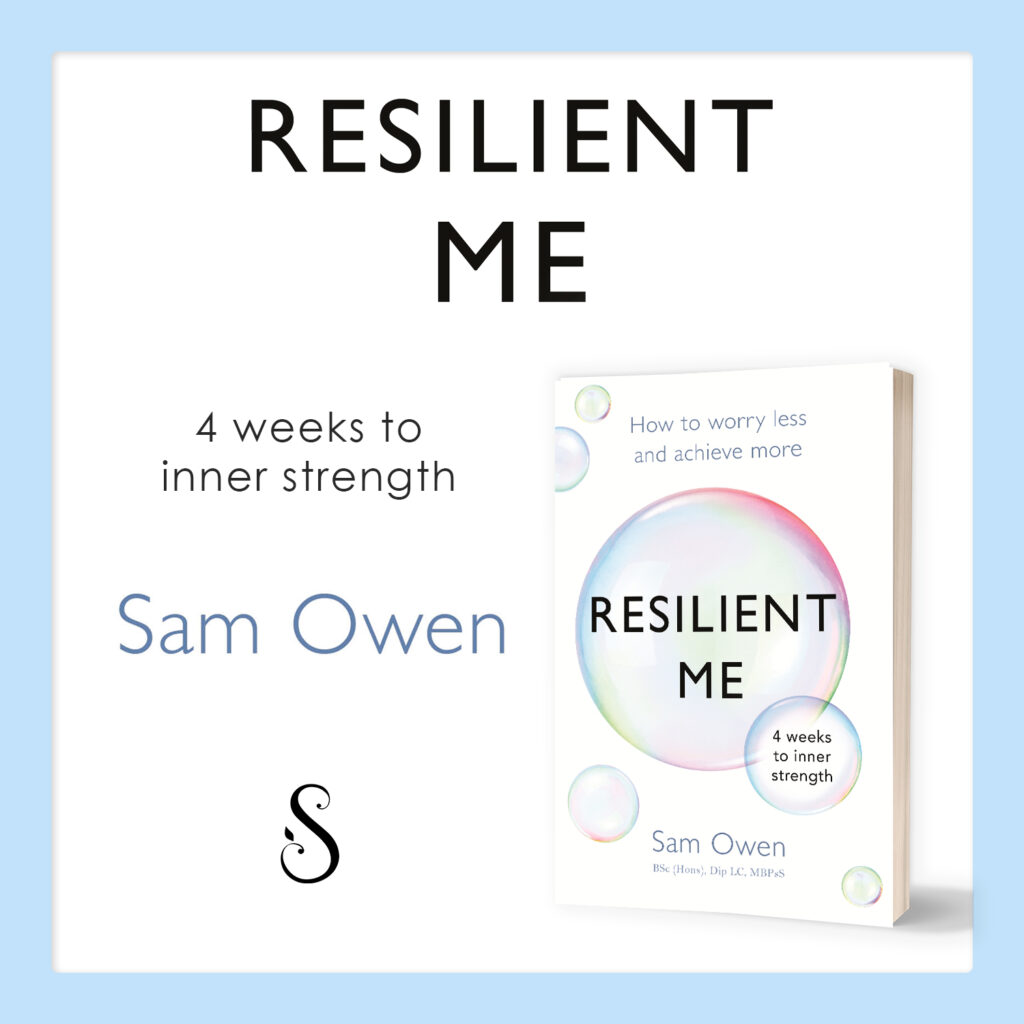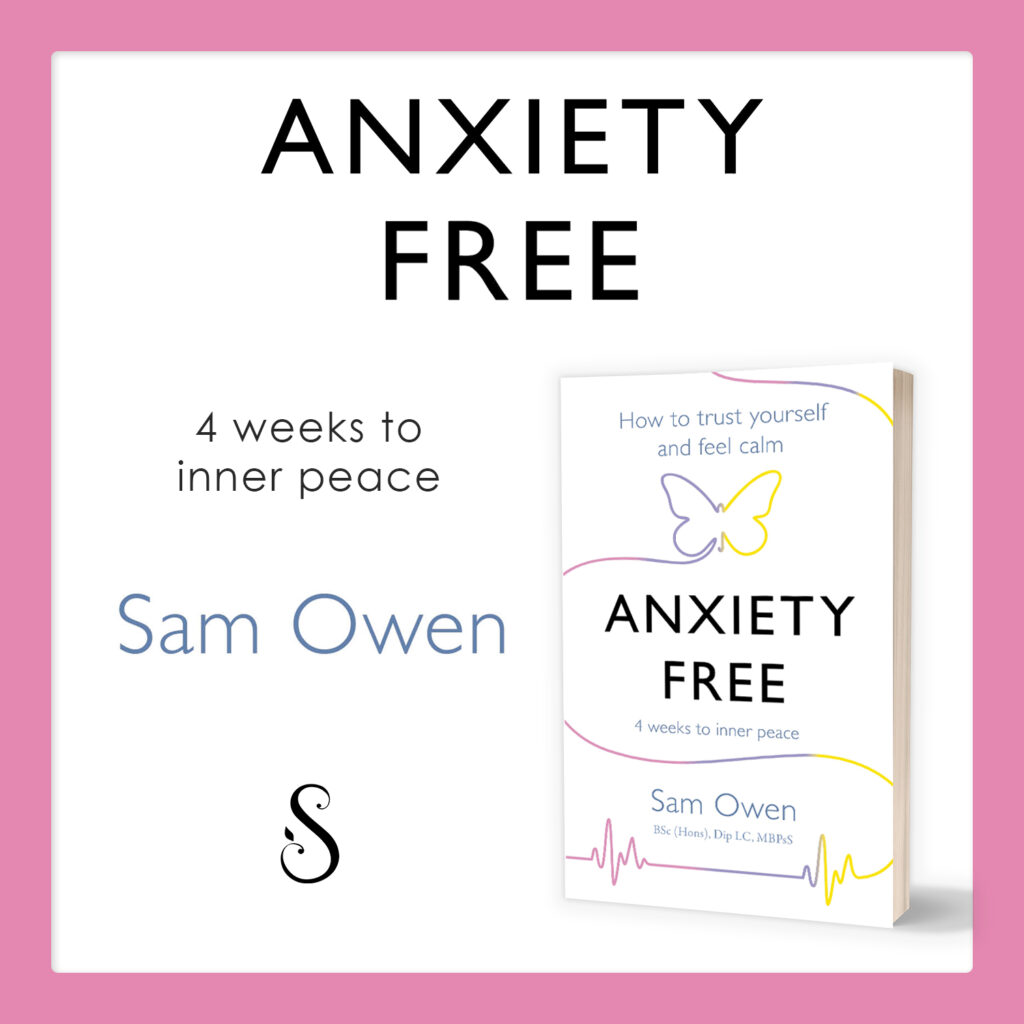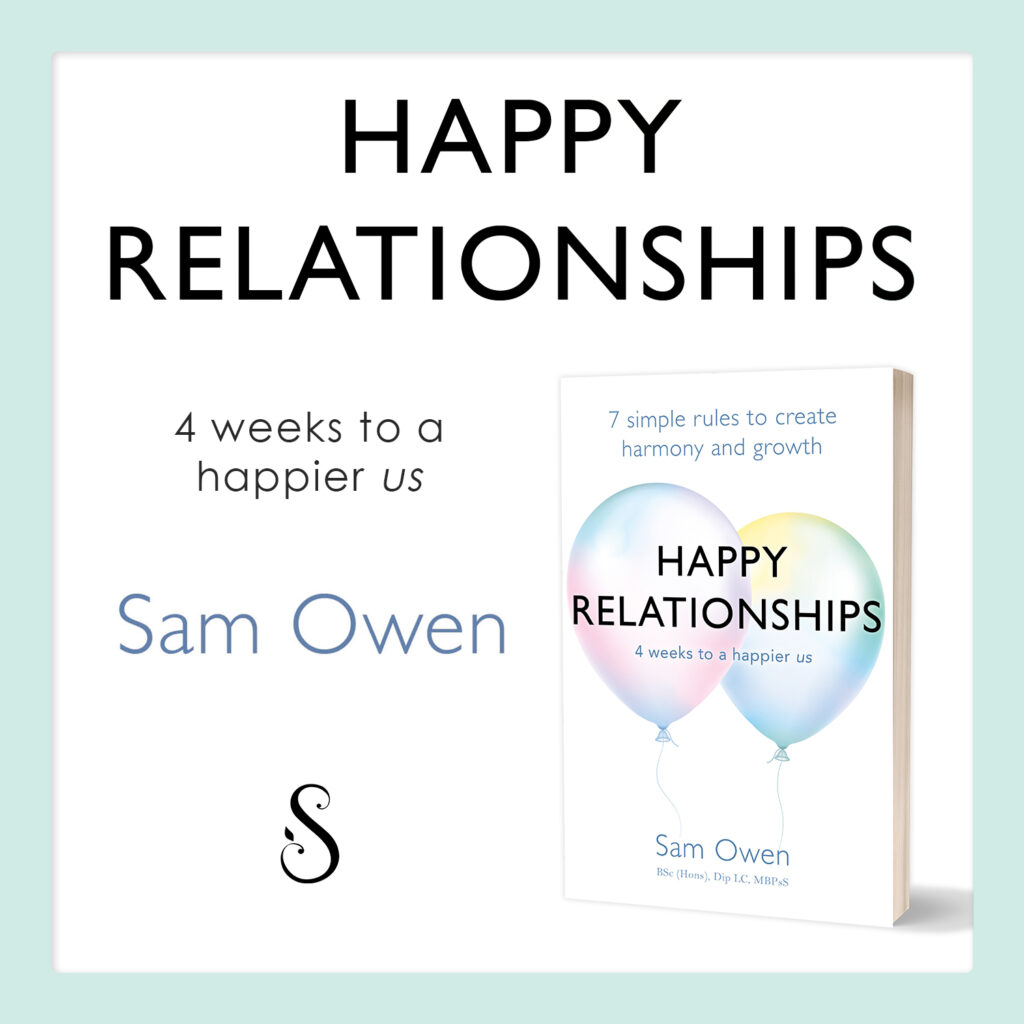
7 Top Tips For Building Rapport
In a previous article I looked at how some business people make the mistake of patronising their prospects, clients or customers by bombarding them with obvious information and doing so without taking the time to understand them or even build a rapport with them .
We all know we should build rapport with people when we want to sell something to them, be it a product, service or ourselves as people. However, if you don’t know how to build rapport with people then you’re not going to get very far with your selling endeavour.
1. First of all, talking is not rapport building. It’s all about what you say not how many words you can fire at them as a person. It’s all about quality not quantity.
2. When I meet people, prompted by my questions, they will quite happily talk for ages. Don’t do that with your prospects and customers or clients. Answer their question succinctly and then ask them questions. People like to talk about themselves; heck, people often just like the sound of their own voice. So, get them in a happy state by asking them questions so that they can talk and you can listen. Furthermore, when you ask the right questions, you will learn the information you need to persuade them to do business with you instead of with your competitor.
3. This brings me very nicely onto the third skill: listen carefully. Actively listen to: (a) what they’re saying, (b) what they’re trying to say inadvertently and, (c) listen to what they are not saying. These will inform your next move.
4. Fourthly, it’s not just about what you say, it’s also very much about how you say it. How are you delivering your message, verbally and non-verbally and what does the total communication they are witnessing, actually telling them? Does it tell them you are arrogant and self-involved? Does it tell them you are bored with having to listen to them? Does it tell them you are absolutely committed to providing them with an excellent customer experience? Your tone of voice, posture, eye contact and eye communication, arm, leg and body movements, as well as your words, all speak very loudly to people about what you’re saying and what you’re really saying! Your body language will often give away your internal dialogue so beware that what you’re thinking is often being displayed non- verbally, often without you realising it.
5. You don’t have to say everything you know. For example, if you know your customer is lying to you, you don’t necessarily need to tell them so. You can still make your business decisions based on all the information you have, without conveying all the information you are basing your decision on, to the other person.
6. Be yourself. Be genuine. Nothing is nicer than knowing where you stand with a person and can work out “what to make of them”. When someone maintains a facade, it’s highly annoying because: a) you know they’re being disingenuous and b) you don’t know who you’re really talking to! In my life I’ve heard a lot of phony approaches and the thing that has always ensured my success is the fact that I talk to people as I would talk to anyone. Sure, you may use less slang and select a certain choice of words with certain people, but the tone of my voice says that I am being real.
7. Last but not least, be sure to consolidate the rapport you have built by following up. This can be done with a follow-up email, a follow up face-to-face conversation before they leave your business premises, a follow up phone call, a newsletter, or even a brief message via social media. The opportunities are endless especially with so much accessible technology at our finger tips. It takes just a few seconds to follow up and may create the start of a life-long customer relationship.













